A meeting with Sandra Tavares da Silva at her winery in the Douro Valley
Far up the river Douro in northern Portugal, in a small village perching on a cliff overlooking the winding river and the terraced vineyards, we find the small and young winery called Wine & Soul. Britt went there to meet with the owner-winemaker Sandra Taveres da Silva.

The Douro Valley in northern Portugal is an attractive wine region not only for its port wines but more and more so for its high-quality red and white “table” wine production. Many young, ambitious producers here are very keen on making the Douro table wines more known but they are also more than willing to make sure that the tradition of port lives on. Sandra Tavares and her husband Jorge Serôdio Borges are among these. Together they run the company Wine & Soul.
“Our customers do not normally drink port but they get curious after having tasted our red and white wines.”
How do you create an interest in port wine among new wine consumers? “Our customers do not normally drink port”, says Sandra. But they get curious after having tasted our red and white wines.”
Hamstrung by rules
She wants to make more port in the future, but she is concerned about the multitude of rules that regulate the port wine production. “For instance, we are only allowed to sell a third of our production each year”. She claims that all these rules inhibit creativity. “We are losing diversity. It should be possible to make new styles of port, it’s important”, she says.
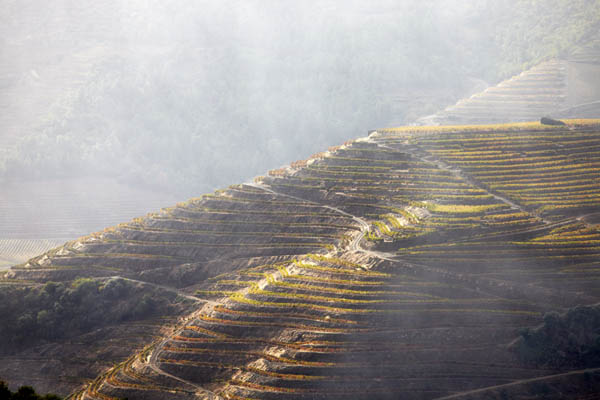
We are standing high above the river Douro, close to the town of Pinhão and surrounded by old vines of touriga nacional. It is the main quality grape of the valley and also Sandra’s favourite. Up here we have a magnificent view of world famous vineyards of Taylor’s and Sandeman. Sandra points to another vineyard close by. “These are vines that are over 80 years old. It is a ‘field blend’; there are probably 20 to 30 different varieties planted together.”
“These old vines give great complexity to the wine,” she continues. “And also, the old vines have long roots which give good acidity to the wine. The young vines suffer in the heat and you have to irrigate them which give the must a higher pH.”
“Feet are perfect; they do not destroy the pips.”
From this vineyard Sandra and Jorge made the famous Pintas for the first time in 2001. Pintas is their main brand and a wine that has great success in many countries. The grapes are crushed with foot treading in traditional lagars. “15 persons march like military. Feet are perfect; they do not destroy the pips”, says Sandra.
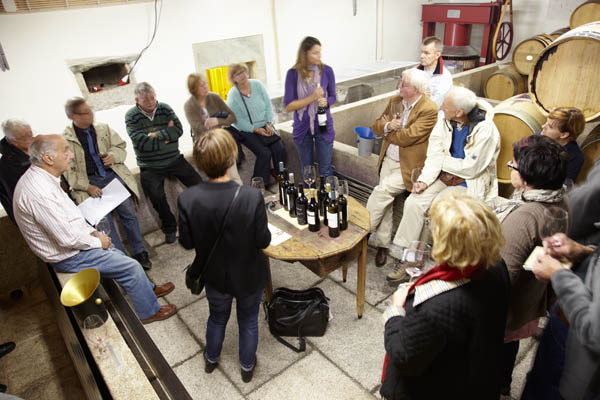
Before it is released for sale Pintas is aged 20 months in partly new oak barrels (retail price approx 40 euros). Pintas Character is the second brand, a fruity and elegant wine with good structure (approx 20 euros).
Last year Sandra and Jorge produced 40,000 bottles. They invest slowly and carefully in land and the cellars. They look for new export markets and now sell to the USA, Asia, Brazil and Angola, in addition to a variety of European countries.
Diligent quality control
They are very successful and one reason is of course, the quality of the wines. Another reason is, I am sure, Sandra’s ability to inspire people. The quality depends on many things. It is very important, says Sandra, to use only the best grapes.
She and Jorge are always checking the grapes during the harvest. Often 20%, which is a lot, is thrown away. It is also important to control the temperature during fermentation. “We keep the fermentation at a maximum of 24 degrees C which is fairly cool. But that way we don’t get any green tannin.”
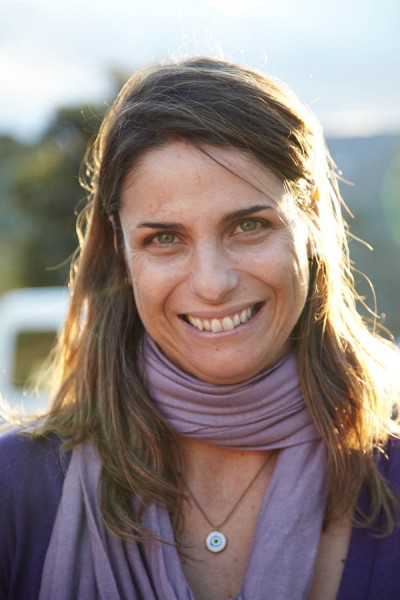
Guru is a white wine made of 60 year old rabigato, gouveia and codega, all three typical Portuguese grapes. They grow on granite soil which, says Sandra, gives a nice minerality to the wines. It has been aged in old French oak barrels. “During the ageing in barrels we do batonnage”, says Sandra. “There is protein in the lees and while stirring the lees we give volume to the wine and at the same time we protect it from oxygen. It means that we can add less sulphur. But you lose fruit so you have to know when to stop. Normally we do batonnage regularly for two months.”
Guru is a very pleasant wine with some oak on the nose and very crispy and fresh on the palate with mineralty and some saltiness. A great food wine. Only 5000 bottles are produced at the moment. Price approx 20 euro
Port wines too
For port wine, it is important to have very ripe grapes, says Sandra. “We are looking for more tannin and therefore we do not de-stem the grapes. So it is important that the stems are really ripe when we harvest.”
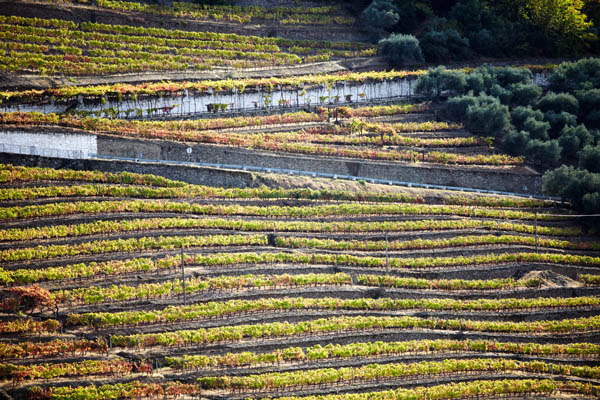
Pintas Porto Vintage 2009 has oranges on the nose and is quite delicious. The taste is soft but with a serious tannin structure. It is a bit drier than a classic port. “Our Vintage has just 80 grams of residual sugar. The norm is to have at least 100 grams, and often more, “says Sandra.
“Our Vintage has just 80 grams of residual sugar.”
This 2009 is made in the classic way. It means that she drained off the juice and then added the alcohol. Some years, like 2011, she adds the alcohol on the skins, directly into the lagar. “It works well if the stems are perfectly ripe and it gives a better extraction of flavours (approx price 30 euros).
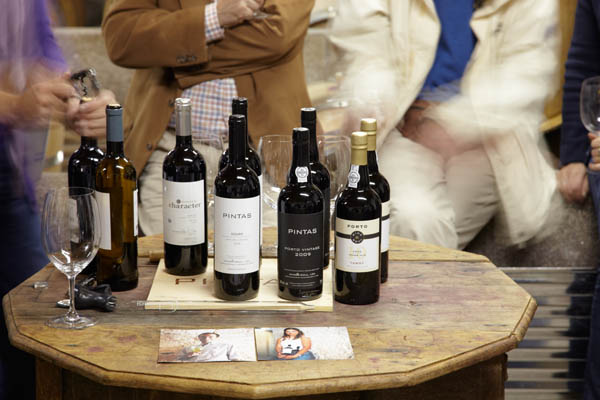
“A tawny is always good!”
We end our meeting with Sandra with a 10 year old Tawny. This is a special edition for the 10 year anniversary of the company Wine & Soul. Sandra loves tawny. “A tawny is very versatile; it is good all the time.” The residual sugar here is 75 gram per litre. 2000 bottles is made of this smooth and tasty tawny (20 euro).
I personally agree with Sandra. I am also very fond of and old tawny, a wine with a soul if there ever was one.
[box type=”info”]The Douro Valley is a spectacular wine region, definitely worth a visit. Feel tempted to go there? Tempted to taste their delicious wines while looking out over the river? Take a look at BKWine Tours wine travel program to the Douro and to many other places! Scheduled and custom tours. Perhaps the one of your dreams.[/box]
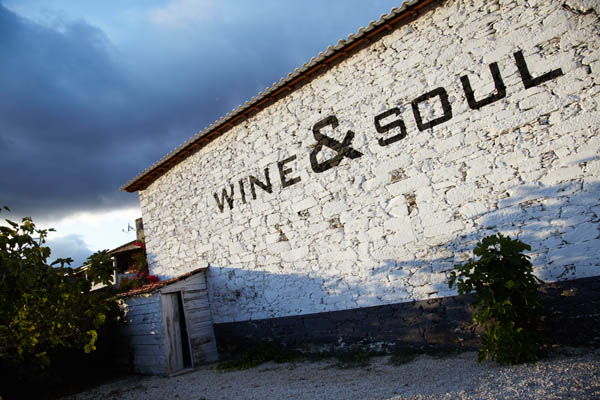
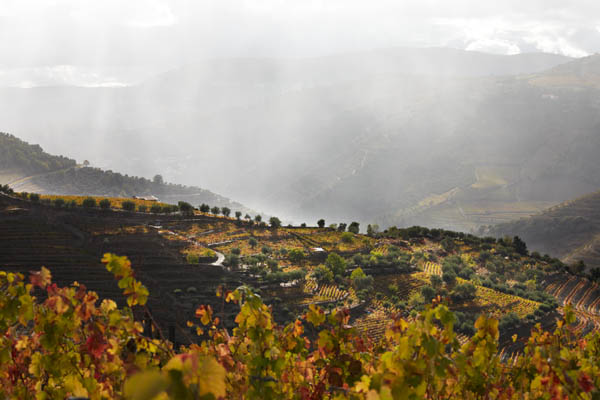
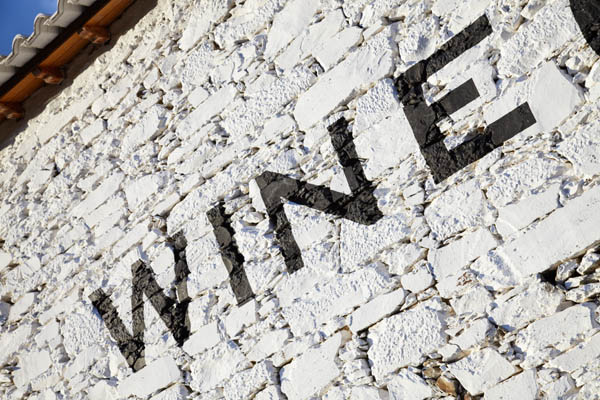



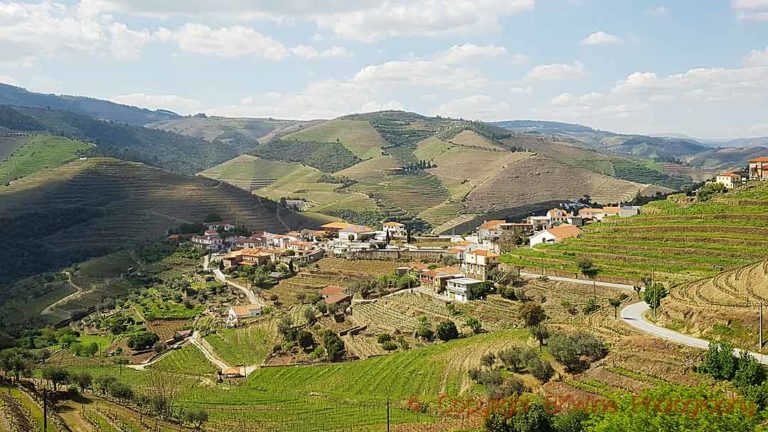
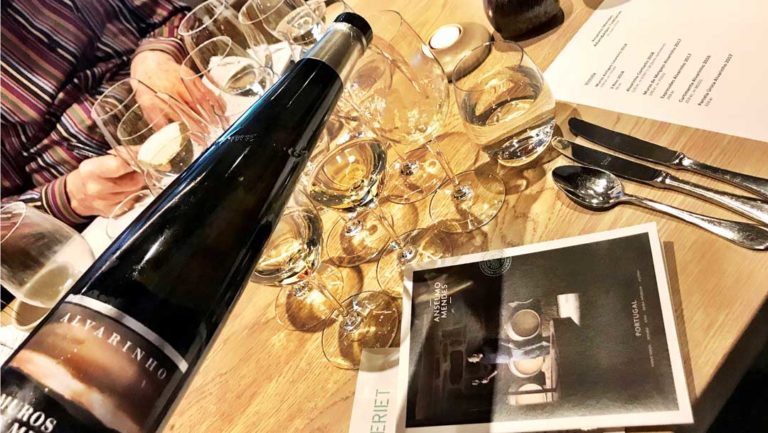
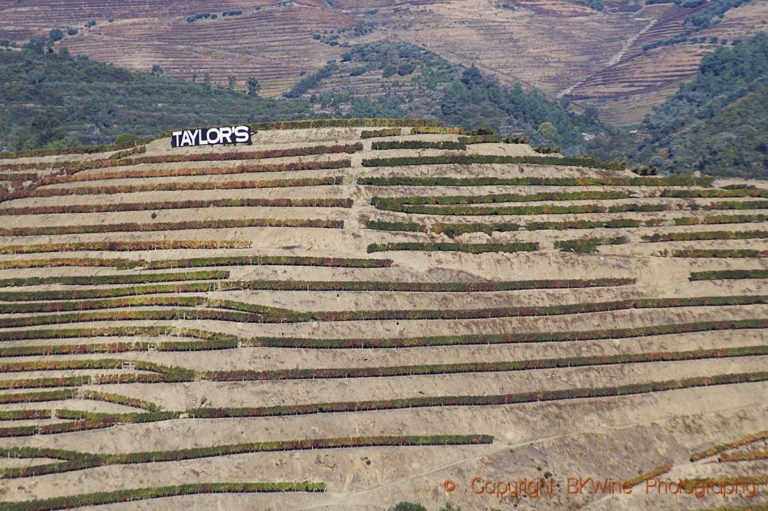





3 Responses